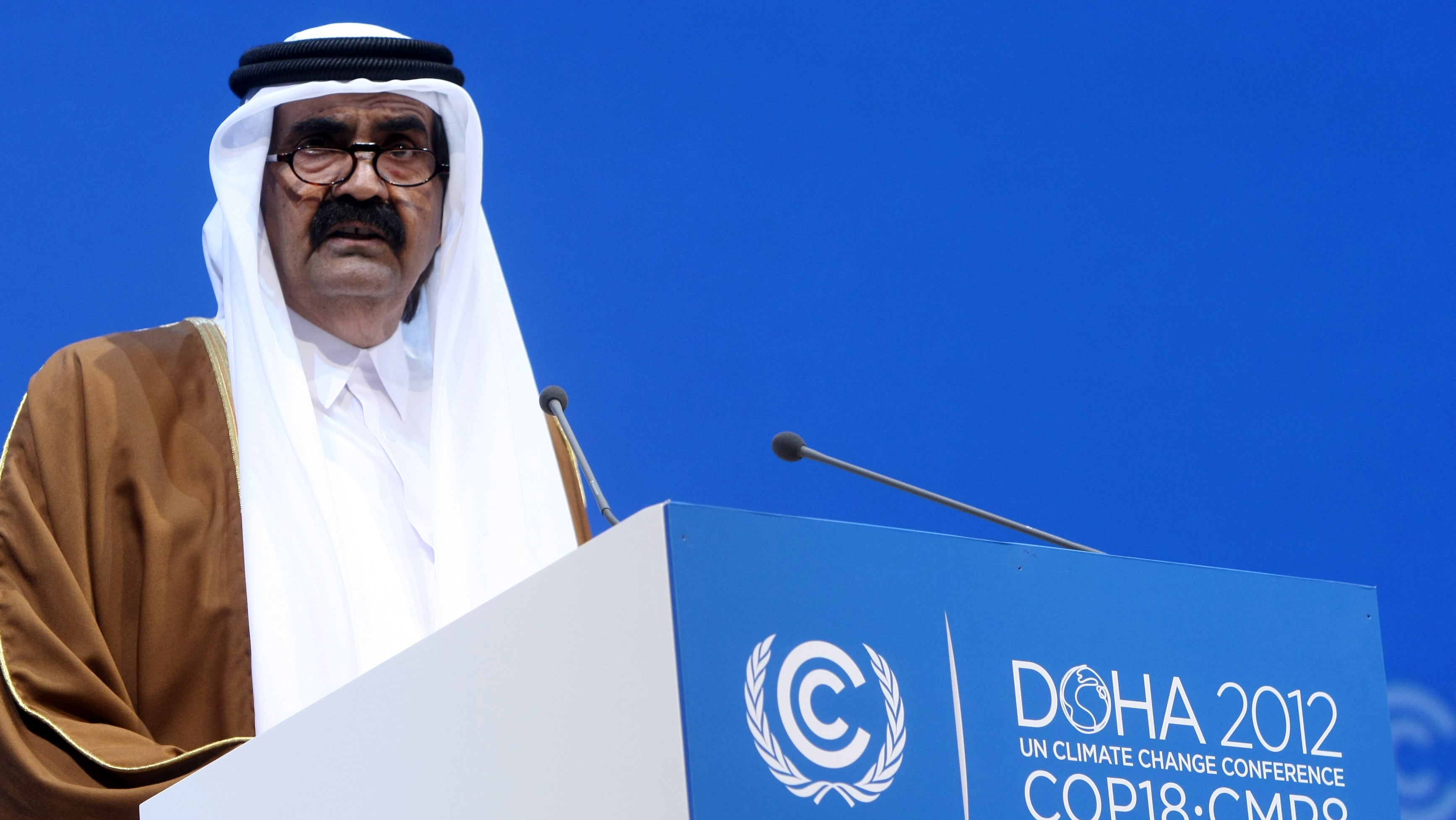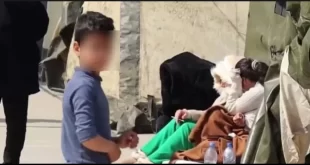
Jan 24, 2014, Mint Press News
A report released exclusively this week to CNN and The Guardian has been touted as evidence possibly proving widespread torture, starvation and the cause of thousands of prisoner deaths by the Syrian regime.
However, the allegations are drawn from documentation acquired by a legal firm hired by the Qatari government, who is known to be a regional rival to Syria, mostly due to sectarian divides. When it comes to backing Syria’s rebels, the gas-rich Gulf monarchy is competing with Saudi Arabia on both funding and lobbying. Qatar’s funding of rebels inside Syria has arguably aggravated war crimes as the government of Bashar al-Assad, Syria’s leader, is being criticized by Western powers of committing crimes against rebels.
It is perceived by analysts and citizens inside and outside of Syria that the Qataris are setting the stage for an opportunity to control a post-Assad Syria by building loyalty through the rebels by throwing loads of money at them.
According to a Financial Times article last year, “In the shell-blasted areas of rebel-held Syria, few appear to be aware of the vast sums that Qatar has contributed — estimated by rebel and diplomatic sources to be about $1 (billion), but put by people close to the Qatar government at as much as $3 (billion).”
The Qatari report
The report was arranged by Carter-Ruck, a law firm in London hired by the Qatari royals. Some analysts think the report requires further scrutiny.
Three former prosecutors, Desmond de Silva and David M. Crane, who participated in the Special Court for Sierra Leone, and Geoffrey Nice, who prosecuted Slobodan Milosevic at the International Criminal Tribunal for the former Yugoslavia, were retained, along with forensics experts, to review pictures from a Syrian military policeman called “Caesar,” who had left Syria in 2011, according to the report. He was originally assigned to document the deaths of prisoners held in detention, the report claims.
Given the Qatari-bought report, entitled ‘A Report into the Credibility of Certain Evidence with Regard to Torture and Execution of Persons Incarcerated by the Current Syrian Regime,’ cites information from only one source — “Caesar” — it should be taken with a certain level of scepticism, unless multiple sources and full names are later to be revealed. Photos were also released with the document, showing bodies with strangulation marks around the neck, severe wounds from being beaten.
It’s obvious the report was rushed to be published.
“The interviewing of the defector, who was codenamed “Caesar” for his own protection, took place on the 12th, 13th, and 18th January 2014,” the report states on page six.
However, the report itself was released only two days later, which begs the question of how much proper analysis was actually given to the interview, or the approximately 55,000 images their subject provided the interviewers and investigators.
As an article by the Christian Science Monitor noted this week, on page 17, only 5,500 images were actually examined by the forensics team — 10 percent of the total images supposedly provided by the defector. Of the samples provided in the report, which are approximately 10, marks around necks are vivid on naked or mostly naked bodies of men, along with bruises and cuts all over the bodies.
“It was apparent that most deceased persons had between four or five images taken of them allowing an estimate of images one thousand three hundred (1,300) individual corpses being considered by the forensics team,” the report said.
It goes on to note no images of children were found, and only one woman is found to be photographed, who didn’t appear to have injuries, as she was clothed.
Of the 10 percent of photos examined, only 835 people were looked at “in detail,” the report states.
However, the report was paid for by the Qatari government and should be viewed with a more critical eye. Claims by one unidentified source and paid for by a government with known grievances against Assad are certainly reason for ulterior motives to lurk behind the report’s publishing.
 Syria Support Movement solidarity with the Syrian people
Syria Support Movement solidarity with the Syrian people




